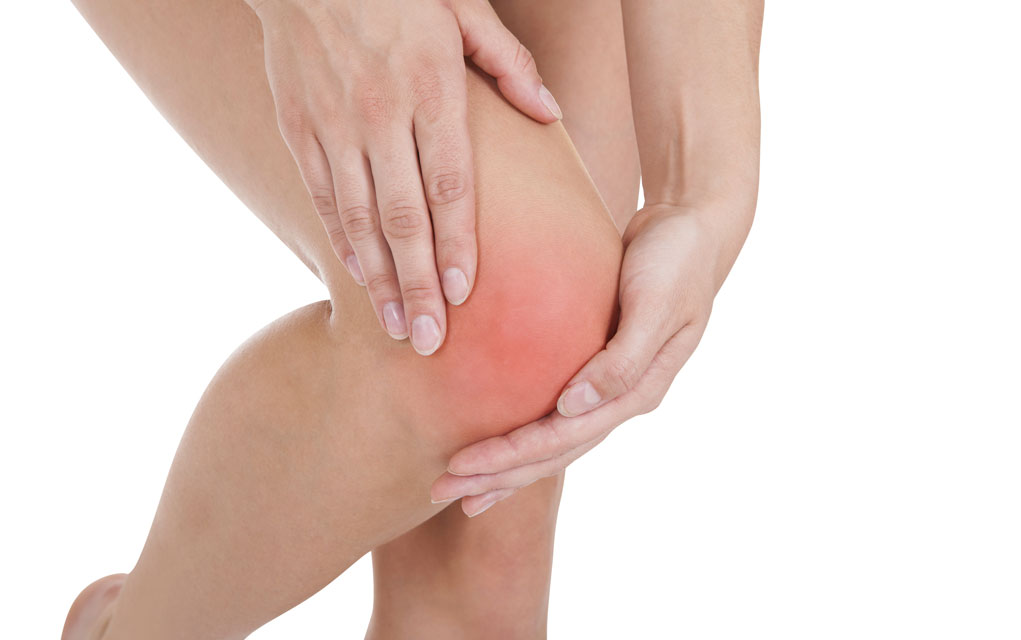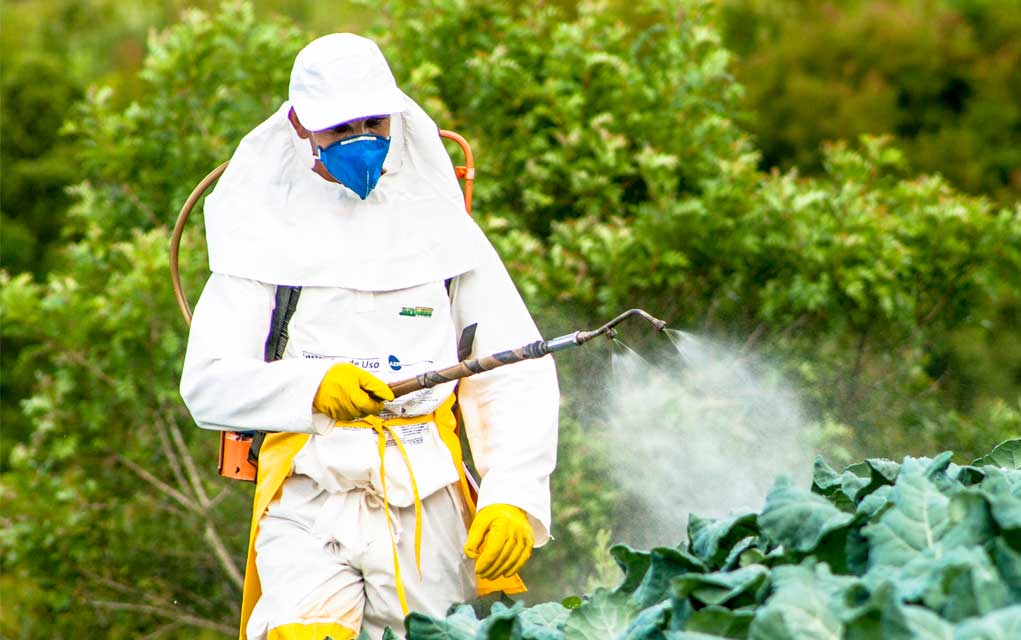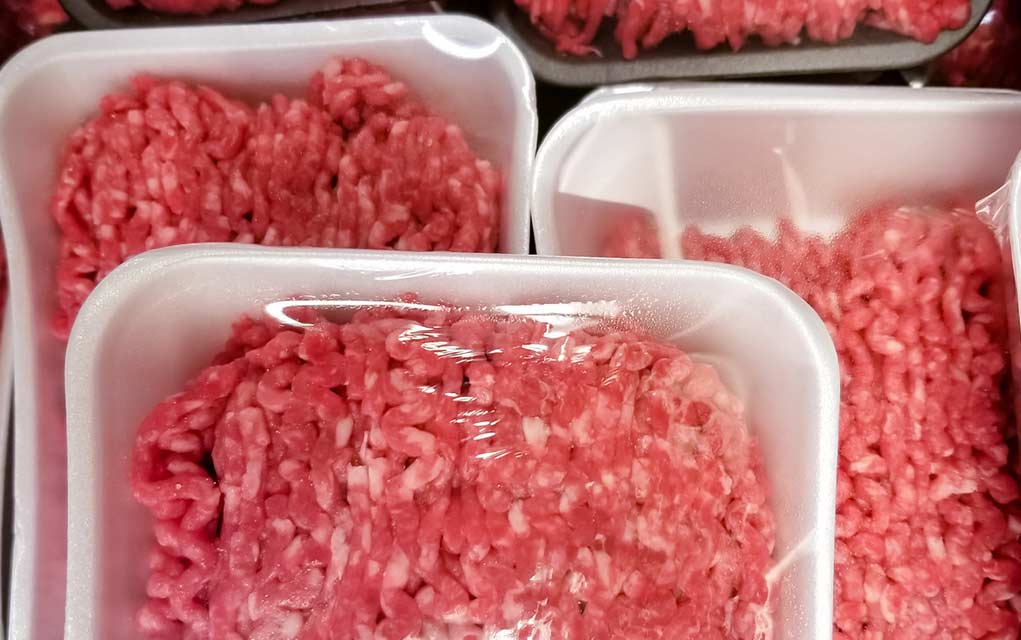
[NEW] – Lower Breast Cancer Risk By Doing This
(WellnessPursuits.com) – What if the foods you ate decades ago had an effect on your cancer risks today? What lifestyle changes would you make today if you learned they could affect your chances of developing breast cancer in the future?
Believe it or not, the food choices you’ve made in the past — and the ones you’re making today — could have an impact on your health for decades to come.
Lifelong Effects of a Fiber-Rich Diet
The good news is that a recent study found women who ate more fiber back when they were teenagers and young adults reduced their breast cancer risk by up to 24%. The study took a look at how fiber consumption impacted different age groups. The women who ate high-fiber diets during adolescence were less likely to develop breast cancer variations that typically strike before menopause.
The women who ate high-fiber diets during young adulthood had lower risks of developing post-menopausal breast cancers. This led researchers to suspect fiber had something to do with controlling women’s long-term estrogen levels.
Feeding Your Gut
The importance of beneficial gut bacteria in controlling harmful bacterial growth has been no secret. Recent research has also shown us that beneficial bacteria may be responsible for controlling what your body absorbs from your diet, which has a direct impact on weight gain and inflammation levels. If the levels of good bacteria in our bodies drop, or die off, the resulting inflammatory response may play a key role in the development of cancer.
This brings us back to fiber. According to the Mayo Clinic: Women should try to eat at least 21 to 25 grams of fiber a day, while men should aim for 30 to 38 grams a day. The best sources for getting fiber in your diet are:
| Grains | Serving size | Total fiber (grams)* |
|---|---|---|
| Spaghetti, whole-wheat, cooked | 1 cup | 6.0 |
| Barley, pearled, cooked | 1 cup | 6.0 |
| Bran flakes | 3/4 cup | 5.5 |
| Quinoa, cooked | 1 cup | 5.0 |
| Oat bran muffin | 1 medium | 5.0 |
| Oatmeal, instant, cooked | 1 cup | 5.0 |
| Popcorn, air-popped | 3 cups | 3.5 |
| Brown rice, cooked | 1 cup | 3.5 |
| Bread, whole-wheat | 1 slice | 2.0 |
| Bread, rye | 1 slice | 2.0 |
| Legumes, nuts and seeds | Serving size | Total fiber (grams)* |
|---|---|---|
| Split peas, boiled | 1 cup | 16.0 |
| Lentils, boiled | 1 cup | 15.5 |
| Black beans, boiled | 1 cup | 15.0 |
| Baked beans, canned | 1 cup | 10.0 |
| Chia seeds | 1 ounce | 10.0 |
| Almonds | 1 ounce (23 nuts) | 3.5 |
| Pistachios | 1 ounce (49 nuts) | 3.0 |
| Sunflower kernels | 1 ounce | 3.0 |
*Rounded to nearest 0.5 gram.
Source: USDA National Nutrient Database for Standard Reference, Legacy Release
The more fiber you have moving through your intestines, the more fuel the good gut microbes receive. Excess estrogen ends up being pulled out of the body instead of left to circulate in the blood. The controlled level of estrogen in the blood can reduce your risk of breast cancer as well.
Generational Risks
If you thought the long-term effects of low fiber were bad enough alone, you might want to brace yourself before you read the effects it can have on your legacy. A study on mice found that beneficial bacteria lost to poor diet could recover with the introduction of a high-fiber diet. However, when several generations were able to reproduce before that recovery was made, the beneficial bacteria were lost to those mice and all their offspring. This means generations of poor diet could leave your family chronically ill and predisposed to a number of related illness, including breast cancer.
No matter what age you are, how you approach your diet now is important to both your current and future health. The younger you are when you begin paying attention, the more benefit you’ll receive from a high-fiber diet. Even better? The sooner you can break the chain of bad-habit eating, the better your family’s health will be for generations to come.
Copyright 2025, WellnessPursuits.com
















